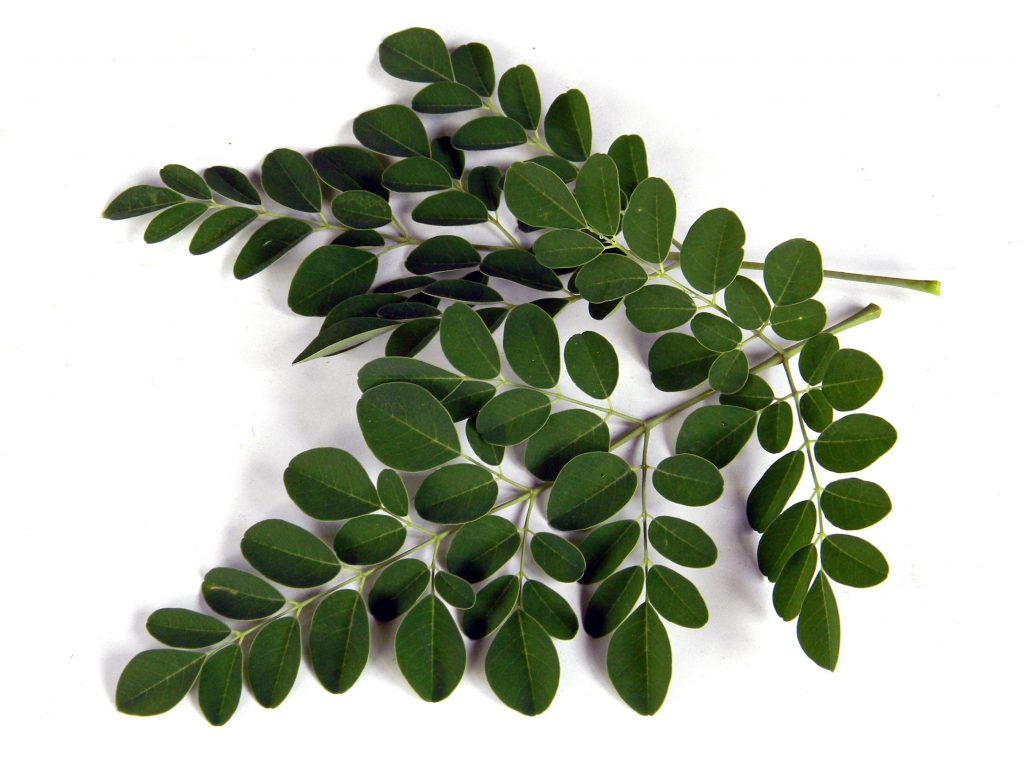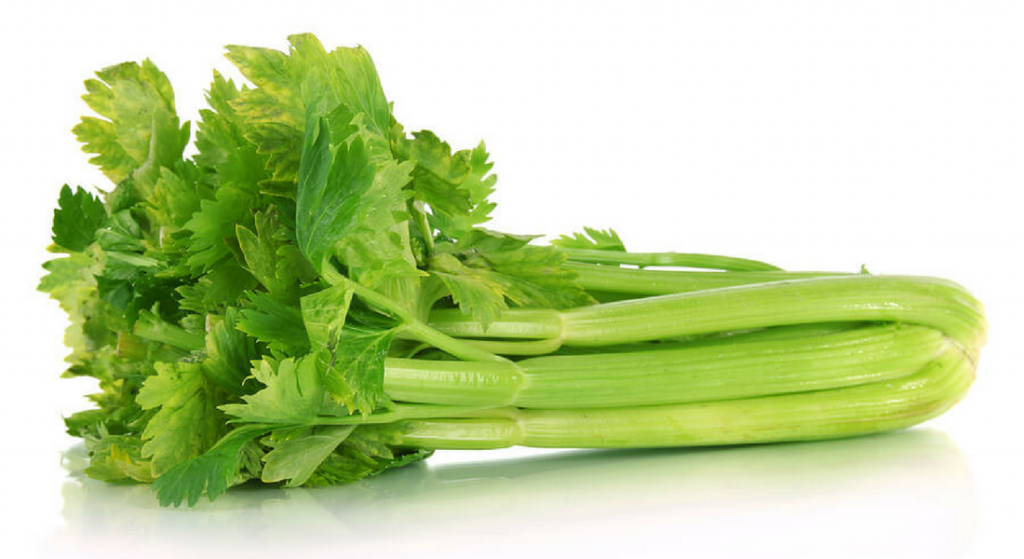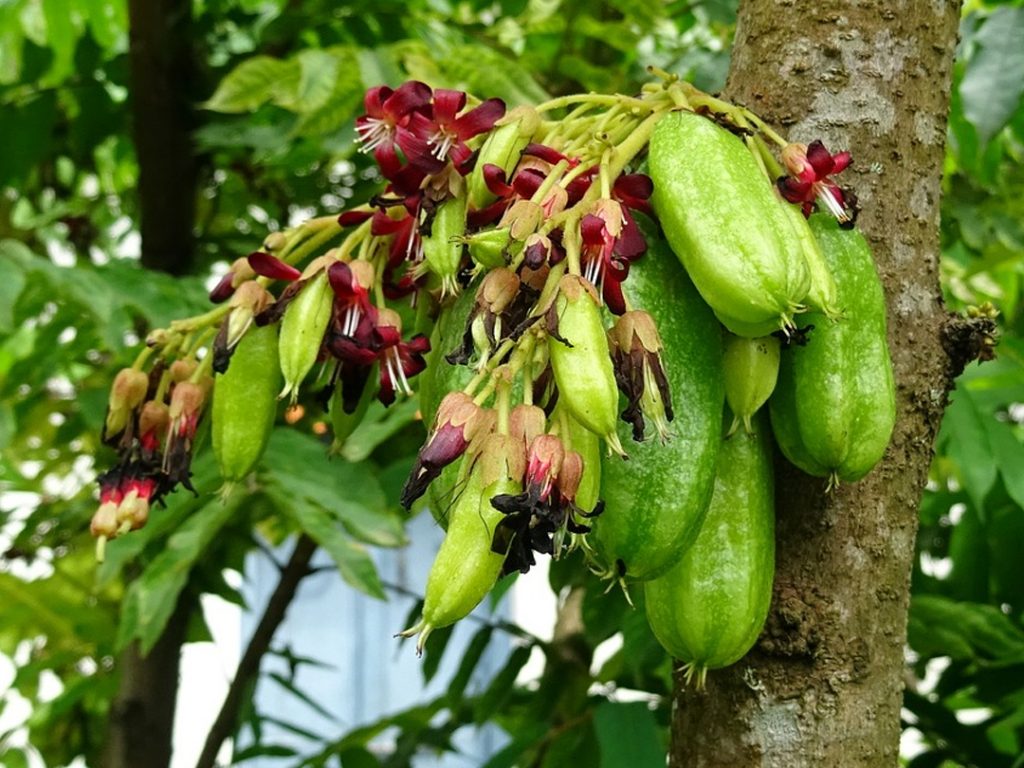At thirty-two, single and handsome, Ronald, a private-firm junior executive, was at the top of his career. He liked parties and loved to overeat as if there was no tomorrow. A gourmet, he told his friends of himself.
He started gaining weight but still kept on with his lifestyle. Then, something went wrong. After a month training in Bangkok last year, he came back home and found himself drinking a lot and urinating profusely. His need to pass water got frequent night and day – due to his drinking, he surmised. Curiously, he started losing weight, yet he was eating a lot.
His suspicion was aroused when just above his ankle, a swelling started to emerge. This was something that had never happened to him before. Still, he didn’t think much of it. Until the swelling began to get soft and show signs of getting septic that he finally decided to see a doctor.
After an hour at the doctor’s private clinic, he was given a diagnosis that really shocked him. “You’re diabetic,” the doctor told him.

What used to be a disease of minor significance to world health, “diabetes is now taking its place as one of the main threats to human health in the 21st century,” Prof. Paul Zimmet, director of the International Diabetes Institute, reported. “The past three decades have seen an explosive increase in the number of people with diabetes worldwide.”
The Philippines is not spared from such health problem. In 2000, about 3.56% of Filipinos were diagnosed with diabetes, according to the Department of Health. By 2030, over 7 million people are expected to have the disease.
What is alarming is that most of those with the disease don’t know they have it. As a matter of fact, many diabetics die “because it is already too late to remedy the situation,” to quote the words of the late Dr. Ricardo Fernando, who founded the Institute for Studies and Diabetes Foundation.
Medical science has identified two types of diabetes. Type 1 (formerly called insulin-dependent diabetes or juvenile-onset diabetes) occurs in only 10-15% of all cases and tends to occur in people under the age of 30. Onset is normally sudden and dramatic. More than 90% of the insulin-producing cells of the pancreas are permanently destroyed. The exact cause of unknown but it’s generally thought to be inherited.
As insulin-producing cells in the pancreas are damaged, insulin – the hormone released from the pancreas – must be injected to keep the patient alive. “Aside from being safe, (insulin treatment) is cost effective compared with taking several classes of anti-diabetes pills at the same time,” points out Dr. Linda Lim-Varona, an internal medicine specialist.

Studies have shown Type 2 (called previously as non-insulin-dependent diabetes or adult-onset diabetes) as the most common form; it accounts for about 90% of all cases. In this type, the pancreas continues to produce insulin, sometimes even at higher-than-normal levels. But the body develops resistance to the effects of insulin, so there is not enough insulin to meet the body’s needs.
To be a diabetic is no joke. “Beyond its prevalence, its complications add to its complexity,” pointed out Dr. Jose V. Nevada, a medical doctor who is with the University of the Philippines at Los Baños. “From people having their foot amputated, to those who become blind; from patients undergoing dialysis to those who had heart attacks or stroke – these horror medical stories are real. The medical cost of diabetes is expensive; and the loss of lives, enormous.”
In the Philippines, the most common form of diabetes is Type 2. “Type 2 diabetes is presently treated using conventional drugs which act mainly by stimulating insulin absorption and its release from the pancreas or by blocking the enzymes that break down sugar, such as amylase and glucosidase,” said Dr. Edgardo E. Tulin, a researcher with the Visayas State University in Baybay City, Leyte.
Most of these conventional drugs, however, have varied side effects. This is the reason why he is searching for plant-derived insulin mimetics and natural enzyme inhibitors from plant sources.
“The cure for diabetics may just be in our backyard, growing among weeds or other herbs, waiting to be discovered and developed into potent anti-diabetic drug,” he explained in an article published in “Bridge,” of the Department of Science and Technology (DOST). “Finding such plant is becoming urgent, as the incidence of diabetes continues to rise.”
In his study, Dr. Tulin collected 54 medicinal indigenous plants from the screen house. Some were gathered near vicinity of the university, including those from Mount Pangasugan.
“Plant samples were subjected to aqueous and organic extraction to have comparison on which solvent will give the best activity,” he wrote. “Four solvents (benzene, chloroform, acetone, and ethanol) were used in organic extraction while sterile distilled water was used in aqueous extraction.”

In glucosidase inhibitory assay, only 18 plant samples showed significant inhibition of more than 50% among other plant samples extracted. These are “makahiya,” basil, stevia, mahogany, “sibukao,” “balbas pusa,” rosy periwinkle, guava, “buyo,” “dita,” “abgaw, “tuba-tuba,” “kamias,” celery, red “alugbati,” “magsumpay,” garlic, and “gatas-gatas.”
“These plant samples inhibit glucosidase in a dose-dependent manner; that is, inhibition increases as the concentration of sample increases,” Dr. Tulin explained.
In amylase inhibitory assay, only five plant samples showed significant inhibition of more than 50% against amylase. These are “kamias,” celery, “abgaw,” “gatas-gatas,” and red “alugbati.” The five samples also inhibit amylase in a dose dependent manner.
After doing thorough studies, the evaluators came up with only three plant materials that will be further analyzed: the aqueous extracts of “makahiya” and basil and the acetone extract of “kamias.”
“The discovery of plant-derived insulin mimetics may provide a breakthrough in the field of medicine,” Dr. Tulin said. “It would benefit not only people afflicted with diabetes but also individuals who are at risk of developing the disease. It is with optimism that once completed, the project will help curb the incidence of diabetes.”
At the University of the Philippines in Diliman, two researchers – Dr. Irene M. Villaseñor and Juane Marco G. Gonzales – are looking at malunggay, which they described as “super plant,” as another alternative anti-diabetic drug. They based this fact from some studies that showed malunggay extracts to have significantly reduced blood sugar in mice.

“Our goal is to isolate an anti-diabetic compound from malunggay and to formulate a less expensive, alternative drug against diabetes for the consumption of diabetic Filipinos,” the two researchers wrote in their collaborative article which also appeared in DOST’s “Bridge.”
The two researchers took four kilograms of dried malunggay leaves. They had encountered countless obstacles to produce a miniscule amount of pure anti-diabetic compound from malunggay.
“However, this miniscule powder was all we needed to test the potential anti-diabetic property of malunggay,” they recalled. “We isolated the compounds present in malunggay by their polarity, or their likelihood to dissolve in water (polar) or in oil (non-polar).”
The researchers and their team were able to isolate the anti-diabetic compound. “With the help and support from the government and the hard-earned money of the taxpayers, our group managed to isolate an anti-diabetic compound from malunggay leaves,” the two wrote in their paper.
The discovered compound, however, is still to subjected to further tests before it is released in the market for Filipino diabetics in need of less expensive, alternative maintenance drug.
“We still have a long way to go to develop such drug, but the important thing is, not only have we begun the journey; we have gone a long way,” the two researchers said.
An ounce of prevention is better than a pound of cure, so goes a saying. A 10-year study conducted at the National Heart, Lung, and Blood Institute in Bethesda, Maryland showed that diabetes can be prevented after all.
There are five ways to do it. First, you need to try to achieve your normal weight. Second, you need to be physically active. Regular exercise will not only help you have a normal weight, it also makes people to have normal blood sugars.
The two other attributes pertains to vices: cigarette and alcohol consumption. It was found that people who didn’t develop diabetes were non-smokers or they had stopped smoking for at least 10 years already.
As for drinking, it has been shown that the more a person drinks, the more they are prone to engage in other unhealthy habits like eating too much, smoking and not getting enough exercise.
This brings us to the final attribute: foods. You need to eat healthy foods. According to the lead author of the study, Dr. Jared Reis, among all five factors, being overweight was linked most strongly to diabetes risk.






